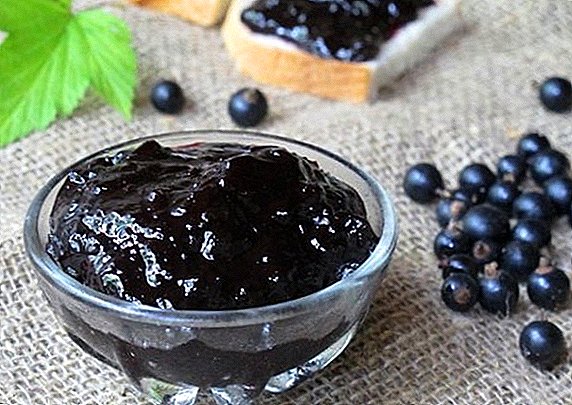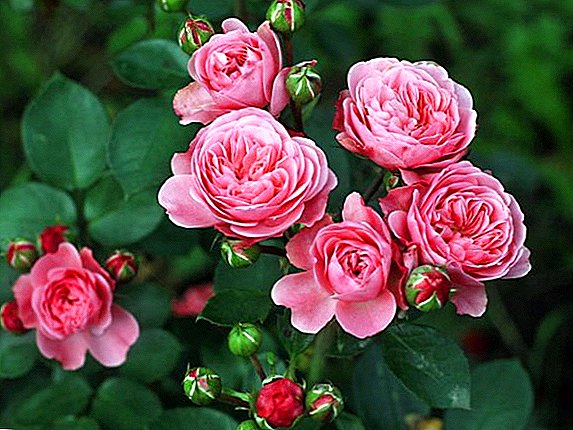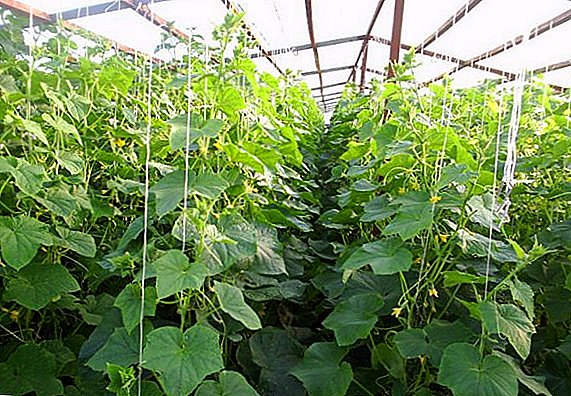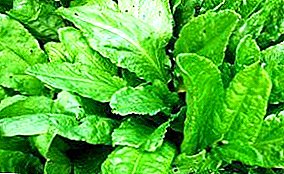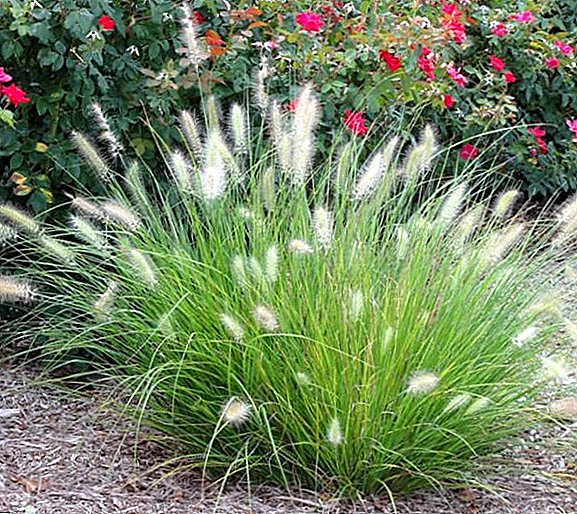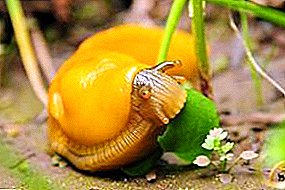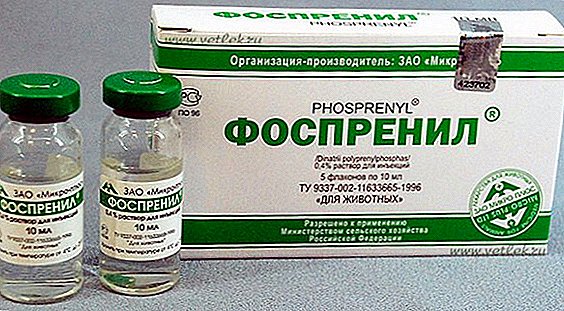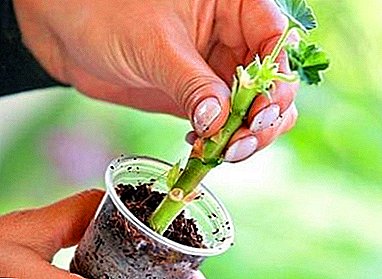
Pelargonium is successfully grown both at home and on the street, for example, in the garden plot.
In the people, this flower is called geranium. Most often, the plant propagated by cuttings. But it is worth considering other ways.
It is about how you can propagate such a wonderful flower like geranium and will be discussed in this article. Also here, further care of the flower is disassembled.
How does a indoor flower breed?
Propagate the plant in two main ways:
- Seeds.
- Cuttings.
This is done in early spring, since this period is the most successful for grafting. Although no less effective will be reproduction until the very late summer.
There are many varieties and types of this beautiful flower.If you wish, you can create in your home a real fragrant and bright collection of pelargoniums.
How to multiply at home?
Pelargonium can not be attributed to capricious plants. It multiplies easily. At home, reproduction is carried out, as already mentioned, cuttings, seeds, rooting of the leaf. Cutting is the most optimal and reliable option.
Cuttings
 It is better to cut the plant in autumn or early spring. Stages of work:
It is better to cut the plant in autumn or early spring. Stages of work:
- Cut off the top vertical shoot. The size of the cutting should be from 8 to 12 cm.
- The cut is done directly under the leaf node.. From it will subsequently appear roots. On the handle enough to leave 2-3 leaf, the rest can be removed. Hour two stalks need to hold on the air, so that the cut point is well dried out.
Training
- Some varieties of geranium, such as royal, require special care. They stimulate the mother plant. This is done a month before grafting: small cuts are made along the stem under the buds of the leaves. Root bumps will subsequently appear in this place.
- Under them will be cut, which will allow the plant to quickly take root. The size of the cutting will be 7-10 cm. The roots will appear in the lower section, and the upper part will dry out. The lateral buds will subsequently begin to give new sprouts, gradually pelargonium will become a bush.
Rooting
Cuttings can easily be rooted in water:
- Water must be defended in advance. Cuttings are installed so that the water covers them only half.
- It is advisable to add activated carbon to the water.
- In the water, the lower section of the cutting is lowered.
- Water change is carried out once every two days.
- When the roots appear, you can transplant the plant in pots.
Some varieties of geraniums are not placed in water, since the root system begins to rot before it has formed. Such species include royal and fragrant pelargonium.
Planting in soil
Rooting geraniums without roots can be carried out directly in the ground:
- First you need to prepare the substrate. To do this, mix in equal proportions peat, sand and perlite.
- The soil is poured into a small transparent glass (also called a pill) or a pot up to 200 ml. The container should have a hole at the bottom, since watering is carried out through the pan.
Important! If a jar for food was taken as a container, it is thoroughly washed and disinfected with medical alcohol.
Details on how to choose the right soil and pot for planting pelargonium, read here.
Then the landing itself is carried out:
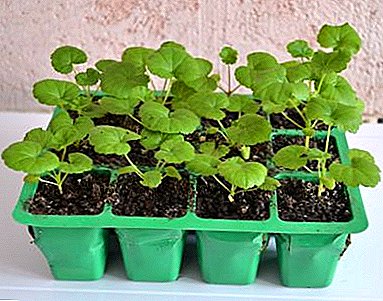 In order for the roots to appear faster, the slices can be sprinkled with a growth stimulant (Kornevin, etc.).
In order for the roots to appear faster, the slices can be sprinkled with a growth stimulant (Kornevin, etc.).- A recess is made in the center of the pot, a cutting is inserted into it to a depth of 3-4 cm. After that, the earth is carefully tamped down.
- A pot with a handle is exposed on the sunny side and watered three times a week. After two weeks there will be roots. Proof of this will be the emergence of a new leaflet. After that, the plant can be transplanted into a larger container.
On the features of planting, transplantation and rooting of pelargonium, we told in this material.
For the substrate, you can take the following elements, which have a beneficial effect on flower growth:
- Perlite.
- Coconut chips.
- Sphagnum, only its acidity should be neutral.
In many specialized stores sell universal soil. This soil is light and loose, capable of good moisture.
Consider in the video rooting geraniums without roots directly in the ground:
Seeds
Seeds can be harvested on their own or purchased at the store.. It is easier to use the second option, since collecting seeds from a plant is a long and hard work. It is necessary to choose a moment so that the seeds are fully ripe and do not have time to fly away from the plant, at the same time it should be done in late autumn. Therefore, it is better for lovers to use another way of breeding geraniums.
Planting seeds will be carried out depending on the size of the seed. If they are small, then they should be planted before winter. Large seeds are planted in April. Peat pots are selected for planting, where the seeds will be until the next spring.
This soil - a combination of peat and sand - is considered the most fertile for the cultivation of pelargonium. After planting the seeds covered with soil film and left so until the first shoots. Then the shelter is removed.
In this video, described in detail about the reproduction of pelargonium seeds:
Possible problems
 Pelargonium flower reproduction is not a very complicated procedure. How everything went successfully will be visible on the plant itself. But pests and diseases of geraniums, as well as the lack of proper care for the flower, can become an obstacle:
Pelargonium flower reproduction is not a very complicated procedure. How everything went successfully will be visible on the plant itself. But pests and diseases of geraniums, as well as the lack of proper care for the flower, can become an obstacle:
- If the lower leaves turn yellow, this indicates a lack of moisture. When the land becomes too wet, the flower will wither completely.
- If the edges of the leaves turn red, then it is possible in the room too cold for pelargonium. It is necessary to put the pot on the sunny side or move it away from the cold window.
- Such a parasite as a black leg, leads to a darkening of the stem at the base. Most often the plant dies. The reason is too compacted soil.
- Stems may become bare due to lack of lighting.
How to care further?
In addition to knowledge of reproduction, it is necessary to produce competent care for pelargonium.. When the plant is already completely planted in a separate pot, it should be watered 10 days after that. Then watering is carried out according to the standard pattern for all geraniums: every 4-5 days.
Fertilizer, it is desirable to acquire a special, designed specifically for pelargonium. If not, then you can apply universal.
In the first few days, when the transplantation of pelargonium has only been carried out, the plant should be carefully observed. Direct sunlight detrimental effect on the state of the flower. Only after a confident root system transmission, you can add sunlight by placing a pot of young geraniums on the windowsill. Pelargonium, unlike other indoor plants, does not like spraying. You should also protect the geranium from drafts.
The plant needs proper pruning. So it is updated and there is a new material for the development of bushes. With proper care for geraniums, soon it will delight its owners with bright blooms.


 In order for the roots to appear faster, the slices can be sprinkled with a growth stimulant (Kornevin, etc.).
In order for the roots to appear faster, the slices can be sprinkled with a growth stimulant (Kornevin, etc.).